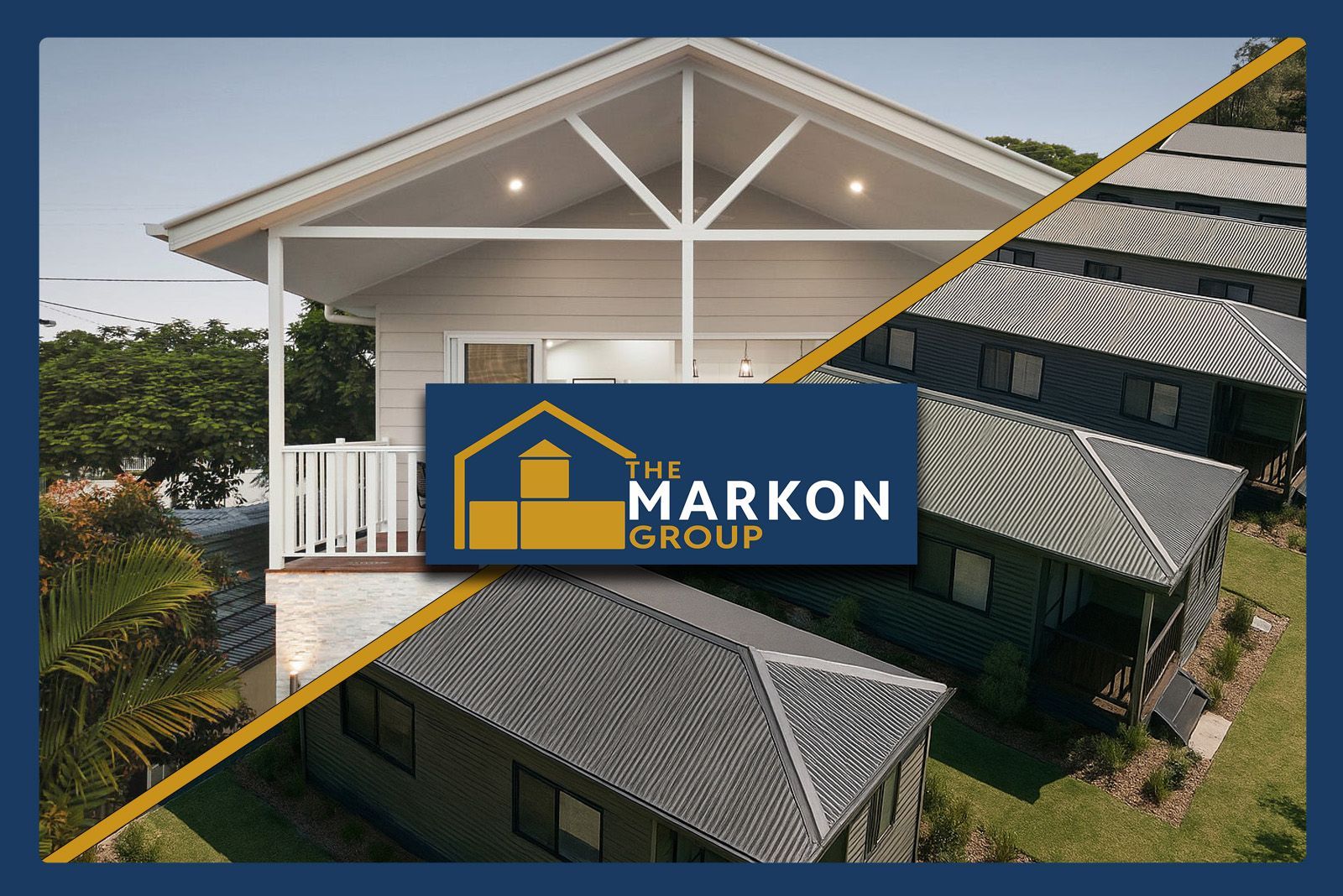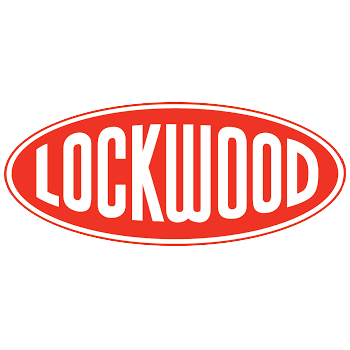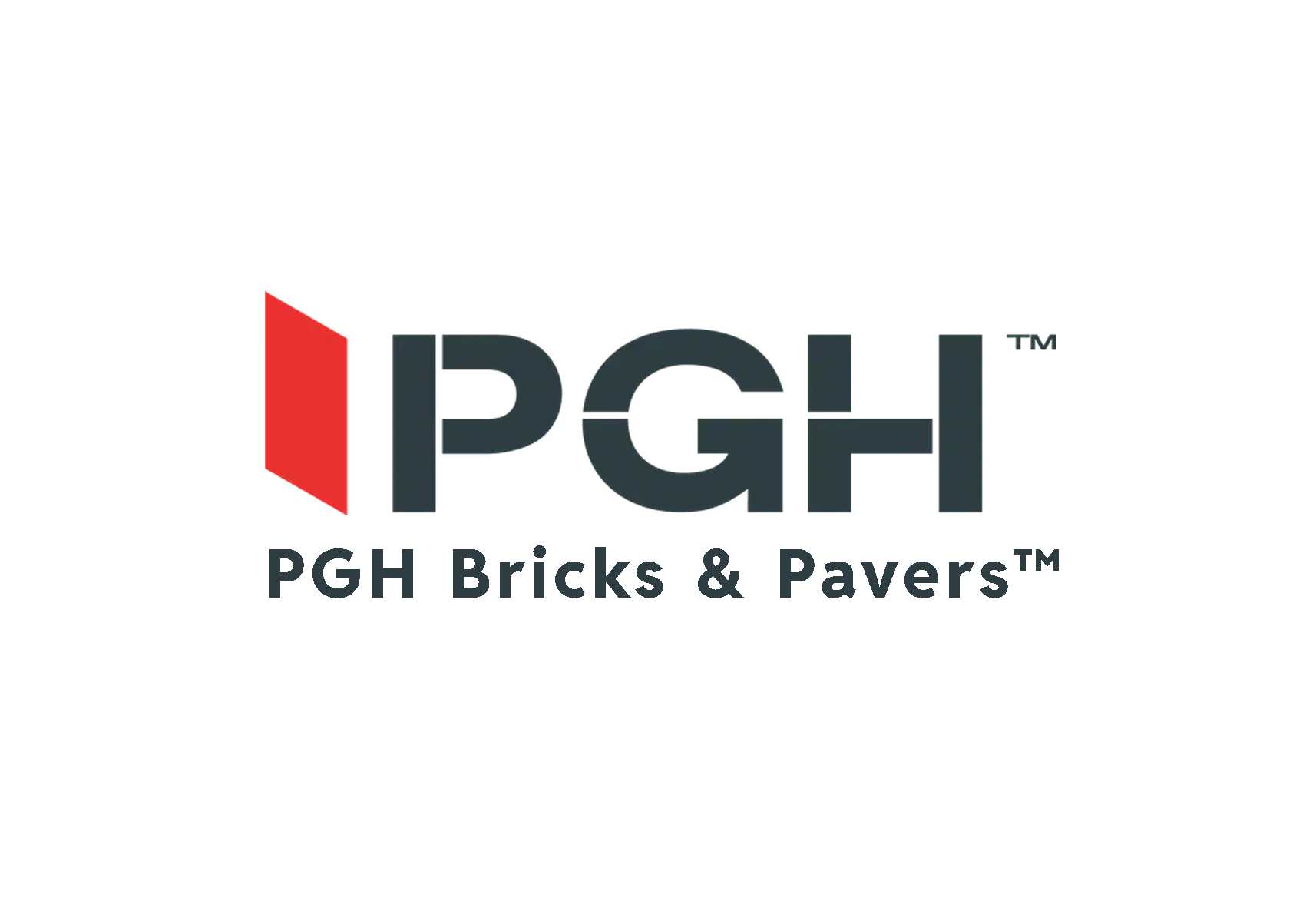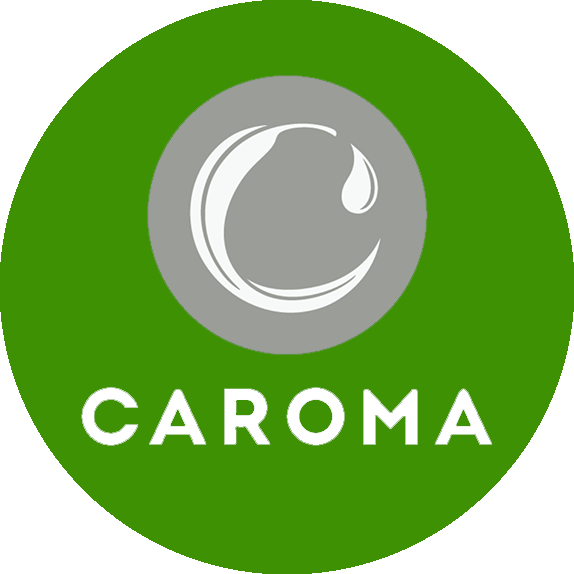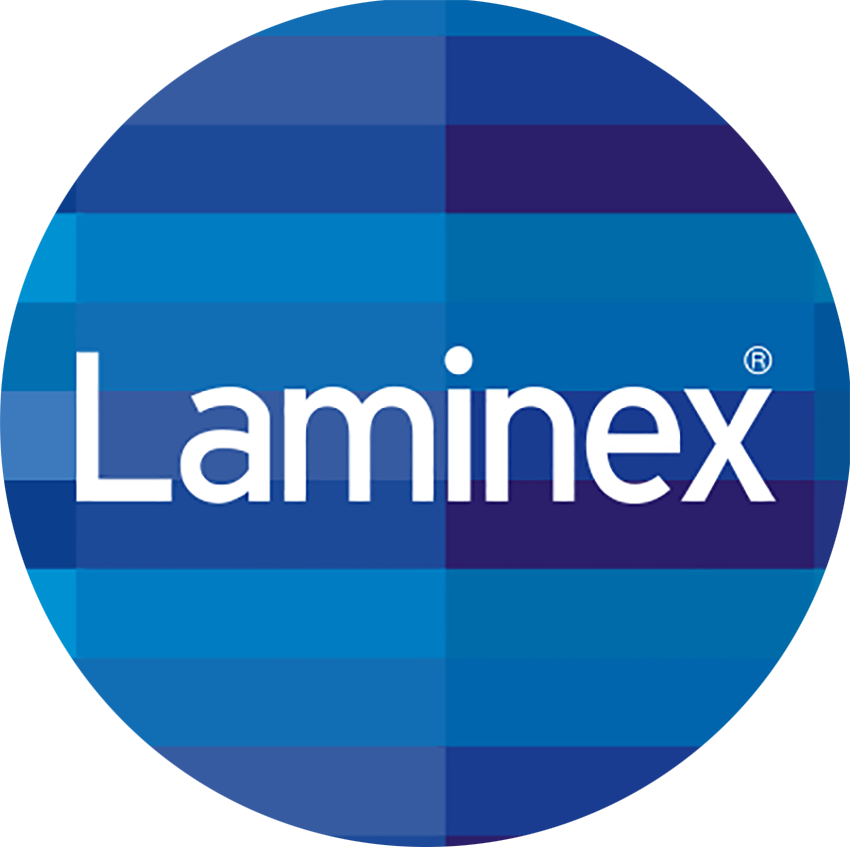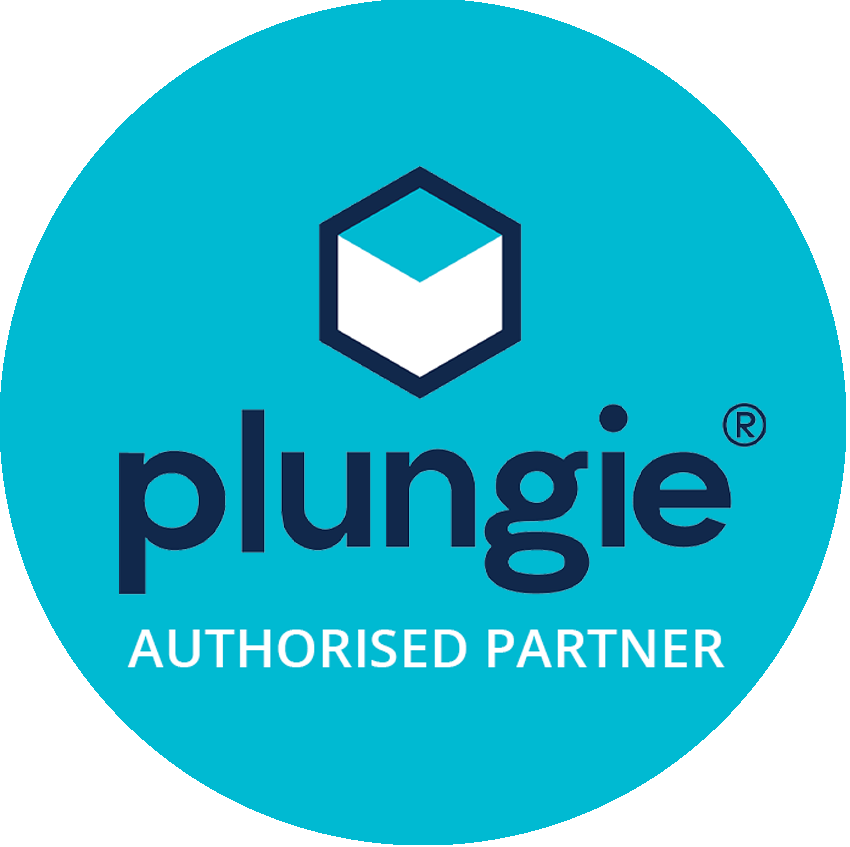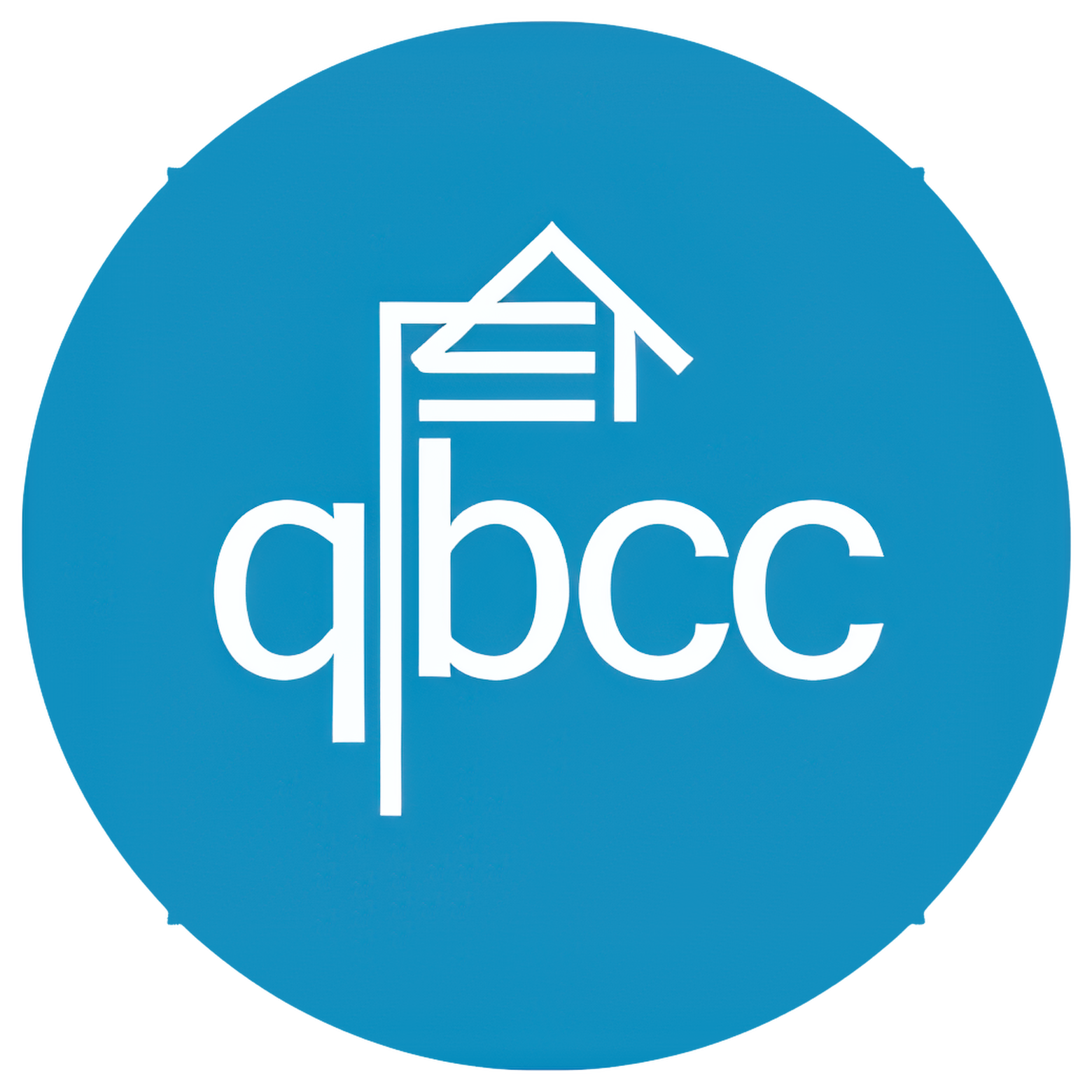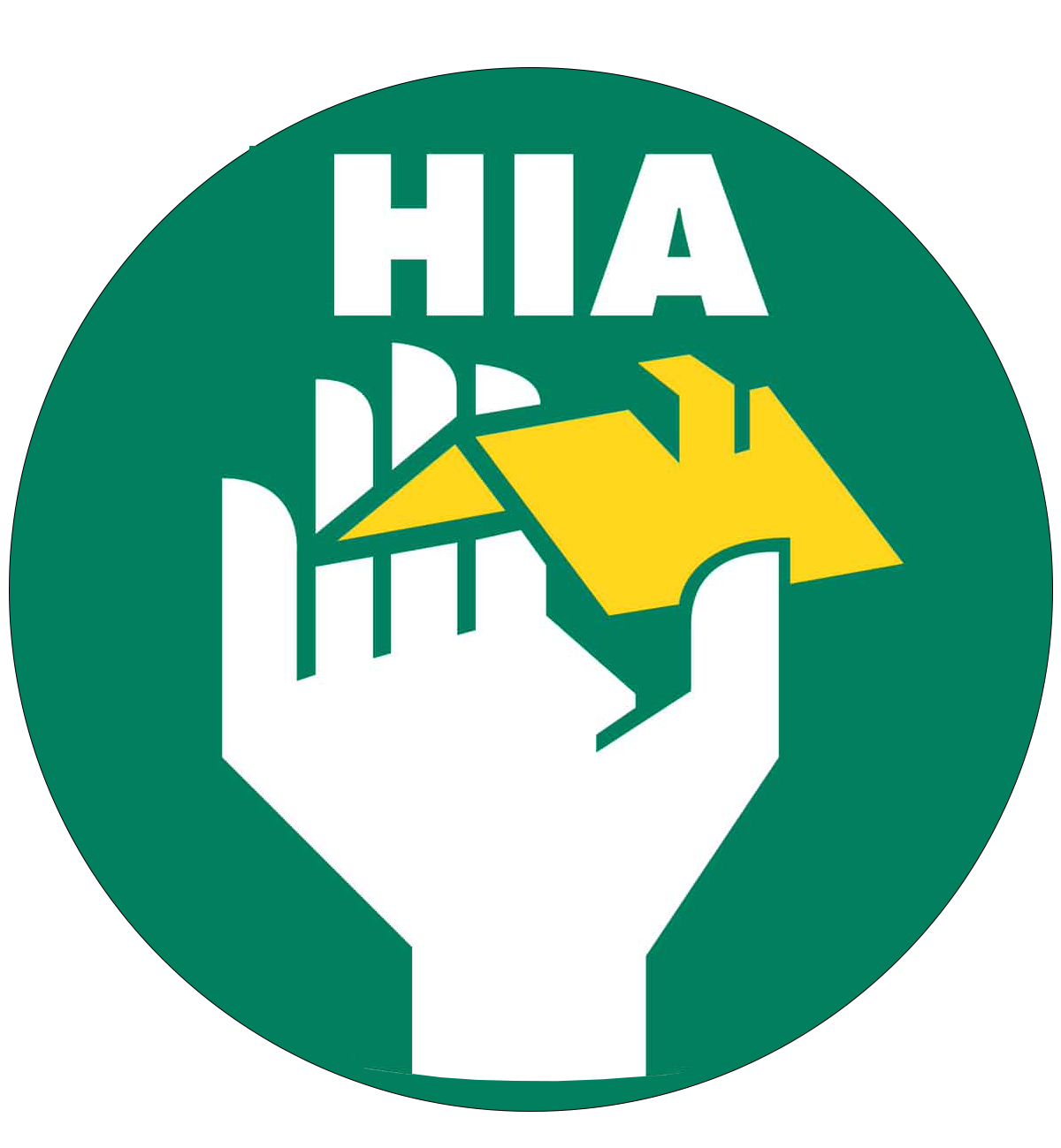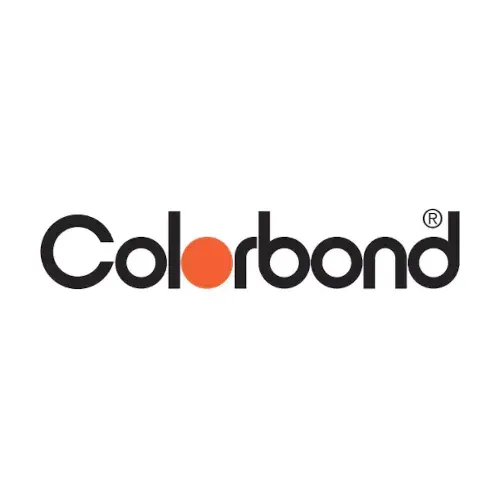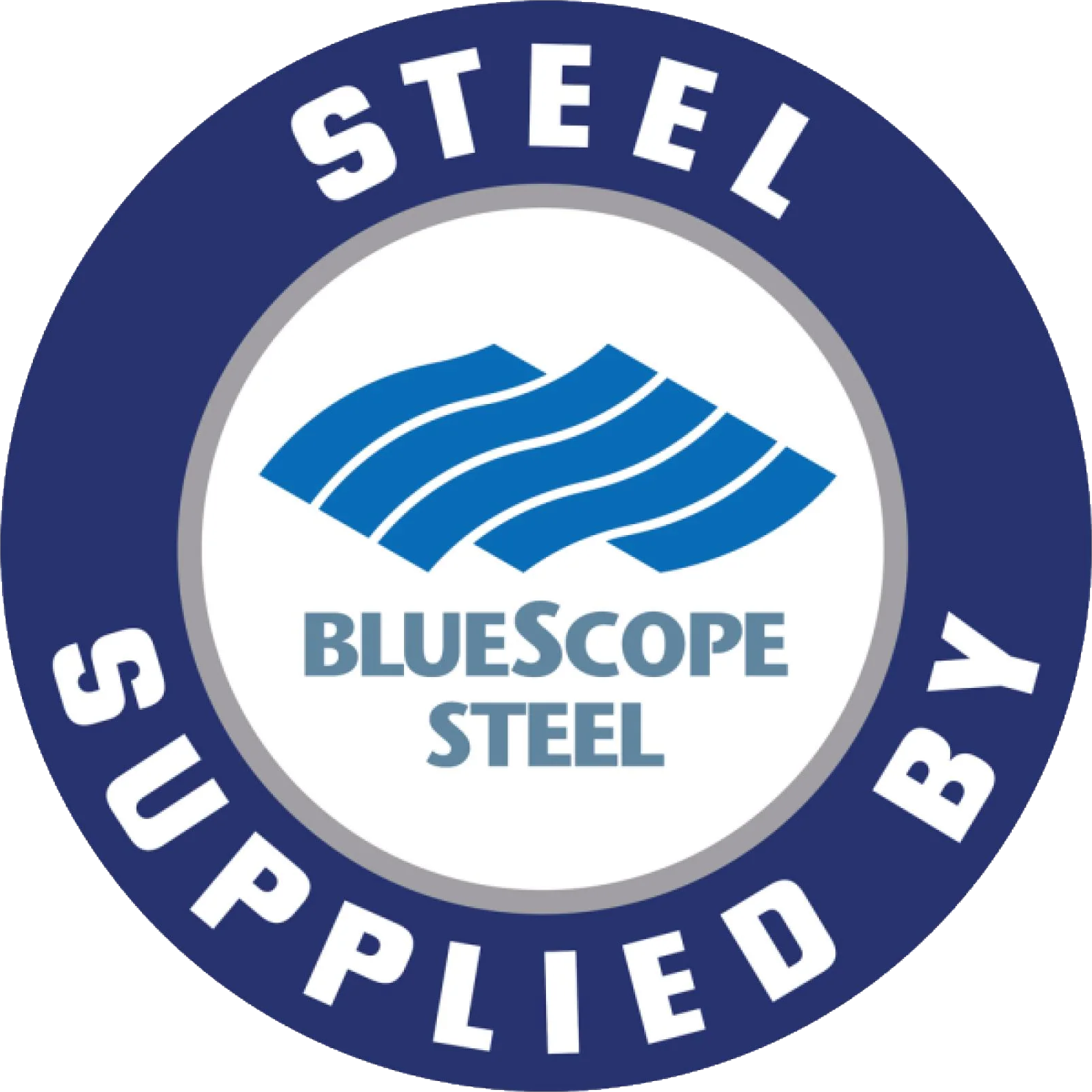Tiled Roofs to White Colorbond: Why Queensland Homes Changed
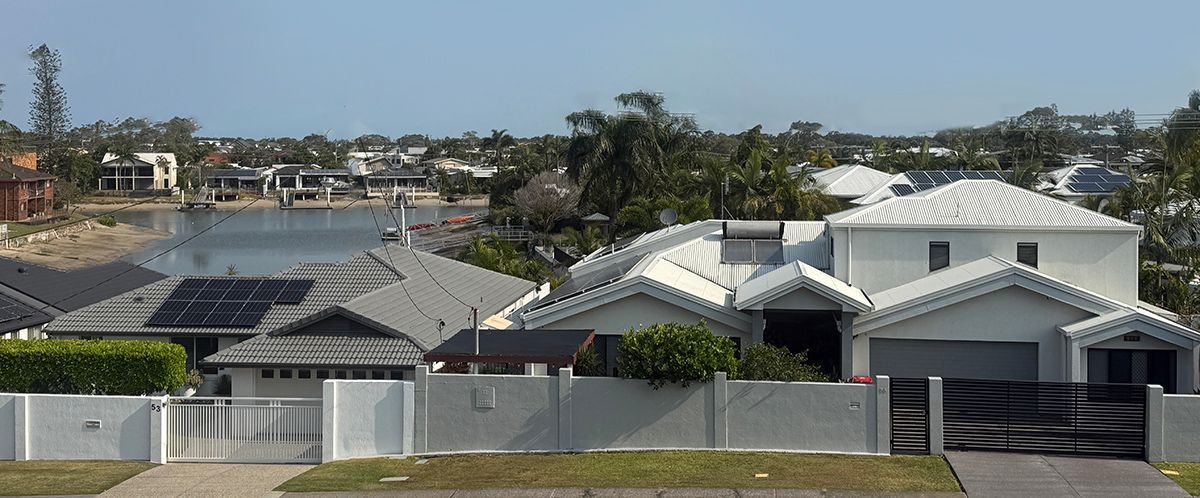
The material shift behind modern Queensland streetscapes
If you’ve just arrived in Queensland from Melbourne or Sydney, your eyes probably told you something before your brain did: the roofs are different. In southern suburbs, terracotta and concrete tiles have long defined the skyline. In Brisbane, the Gold Coast, and much of QLD, the look is brighter and lighter—sleek, white Colorbond roofs stretching from street to street. That change isn’t a fad. It’s a practical response to Queensland’s climate, building practices, and energy-conscious lifestyle.
This guide unpacks why white Colorbond is the expected norm in QLD, what it means for heat, weight, maintenance, acoustics and storm resistance, and—crucially—why a white Colorbond roof is the easiest, most secure platform for solar. We’ll cover the “re‑education” many southern homeowners go through, give you a plain‑English comparison of “Colorbond vs tile roof QLD,” highlight “modern roofing trends Brisbane,” and share roof replacement tips if you’re planning a “roof replacement Gold Coast.” Throughout, we’ll reference how The Markon Group and Homes by Markon can help, whether you’re building custom, modular/prefabricated, or upgrading an existing home.
Why tiles made sense down south—and why QLD moved on
Southern cities embraced tiles because they suit heritage styles, steep pitches, and cooler climates where thermal mass matters differently. Tiles look traditional and can last. But move north and the priorities change:
- More intense sun and longer hot seasons
- Coastal exposure and high‑wind events
- A preference for low‑pitch, wide‑eave roof forms
- Stronger emphasis on energy efficiency and solar integration
In that context, a white Colorbond roof isn’t just a style choice; it’s a systems choice that influences comfort, resilience, and the ease of going solar.
The big shift: why white Colorbond is standard in Queensland
Heat management: a cooler, brighter roof
- White reflects heat. A white Colorbond roof reflects a large share of solar radiation, reducing heat transfer into your roof space. Pair that with reflective sarking and ceiling insulation and you get a noticeably cooler home and lower air‑conditioning loads in summer.
- Less heat soak equals lower running costs. In practice, many Brisbane and Gold Coast homes with white Colorbond report improved comfort and reduced energy bills compared with darker tiles or metal.
Weight and structure: light is liberating
- Tiles are heavy. Concrete or terracotta tiles can be 50–90 kg/m². White Colorbond roof sheeting is a fraction of that. Lighter roofs reduce structural loads, which is a big advantage for older timber homes and for modular prefabricated buildings designed and imported by The Markon Group.
- Easier renovations and transport. Lightweight roofing simplifies roof replacement, allows for design flexibility, and can reduce engineering reinforcement costs.
Maintenance and durability: fewer headaches
- Tiles crack, shift, and grow moss, especially with age or hail.
- Colorbond resists cracking and, with correct detailing, handles coastal weather well. White finishes with modern coatings are designed for Australian conditions and predictable maintenance cycles.
Acoustics: quieter than you think
- “Metal roofs are noisy” is mostly a myth with modern construction. With the right underlay, sarking, and insulation, rain noise is well controlled. In many cases, a well‑built white Colorbond roof performs acoustically on par with tiles.
Storm and wind resilience
- Continuous sheeting + engineered fixings = excellent wind performance. Correctly installed white Colorbond systems can be designed to meet cyclonic/wind requirements common along the QLD coast, where individual tiles can sometimes be more vulnerable to uplift if not specially secured.
Streetscape and modern design
- White Colorbond delivers a clean, cohesive look that aligns with contemporary QLD architecture and helps mitigate heat build‑up at a micro‑climate level. It also pairs perfectly with solar—more on that shortly.
Visual guide: roof cross‑section (tiles vs white Colorbond)
- Tiled roof cross‑section
- External tiles (terracotta or concrete)
- Timber battens fixed to rafters/trusses
- Optional sarking (varies by era)
- Roof cavity with bulk insulation (varies by home)
- Ceiling lining
- White Colorbond roof cross‑section
- External Colorbond sheeting (white profile)
- Continuous reflective sarking/underlay
- Purlins fixed to trusses/rafters
- Roof cavity with bulk insulation
- Ceiling lining
Key differences:
- Colorbond provides continuous weatherproofing; tiles rely on overlapping units over battens.
- Reflective sarking is particularly effective under metal sheeting.
- Lightweight sheeting alters structural and installation dynamics, which becomes very important for solar mounting and long‑term weather tightness.
The solar advantage: why white Colorbond is the easiest, most secure platform for PV
Homeowners across Brisbane and the Gold Coast are covering roofs with solar. White Colorbond makes that easier, faster, and more robust than tile—while also adding a surprising bonus: the solar array itself helps cool and quiet the roof beneath.
1) Easier, cleaner mounting with fewer penetrations
- Clamp‑on systems. Many Colorbond profiles—like standing seam or concealed‑fix profiles (often colloquially referred to with terms like “Klip‑Lok”)—can accept non‑penetrating clamp systems that grip the sheet ribs. This means:
- Fewer or no penetrations through the sheet
- Faster installation
- Lower leak risk
- Standardized rails and hardware. Metal roof solar racking systems are mature and widely used in QLD. Installers quickly locate purlins, clamp rails, and set panel arrays with minimal disruption.
- Tile challenges avoided. Tiles often need individual tile grinding/notching, hook brackets, or replacement tiles with flashings, creating multiple penetrations and potential weak points. On older tiled roofs, breakage during install is common—slowing installers and adding cost.
Bottom line: On a white Colorbond roof, solar is typically a simpler, neater job with fewer leak paths and less mess.
2) Stronger and more secure under QLD winds
- Engineered fixings and continuous sheeting. Properly specified clamps and fasteners provide excellent uplift resistance when installed to engineering and manufacturer guidance.
- Wind region compliance. Installers can design and certify arrays to relevant wind standards (e.g., AS/NZS 1170.2 wind actions) for Brisbane and coastal zones on the Gold Coast. The continuity of the metal surface and access to purlins/trusses make robust load paths more straightforward.
- Less point damage risk. Tiles can crack under foot or during bracket install; Colorbond’s uniform surface reduces these risks when installers use safe access and spread loads appropriately.
Result: A well‑mounted solar array on a white Colorbond roof performs confidently in Queensland’s storm seasons.
3) Better long‑term weatherproofing
- Fewer penetrations = fewer potential leaks.
- High‑quality gaskets and seals at any necessary penetrations (for example, conduit or cable entry points) sustain weather tightness when done to standard.
- Cleaner detailing around ridges, hips, and valleys than the equivalent tile bracket routes.
For roof replacement Gold Coast projects, this is a compelling reason to switch to white Colorbond before adding solar.
4) Cooler panels, cooler homes: the double benefit of white + the PV air gap
- White roofs run cooler. A white Colorbond surface reduces roof temperature compared with dark roofing. Lower roof surface temperatures help keep the air under panels cooler.
- Solar panels prefer cool conditions. Most panels lose a small percentage of output for every degree the cells heat up (the temperature coefficient). By keeping panel surrounds cooler, you help them operate closer to their rated efficiency.
- The ventilated air gap under panels acts like a radiant barrier. Panels shade the roof and create a small plenum where air can flow. This space:
- Reduces heat transfer into the roof sheeting
- Adds an extra “layer” of thermal resistance
- Can marginally dampen rain noise, because rails and panels interrupt direct impact and diffuse sound
In plain terms: a white Colorbond roof plus solar panels is a one‑two punch for summer comfort—your roof runs cooler, your panels run happier, and your living spaces feel the difference.
Note on reflectivity and PV performance:
- On monofacial panels, the main gain is from cooler operating temperatures (and the shade effect on the roof).
- On bifacial panels, a bright, reflective white roof can also increase rear‑side irradiance slightly, adding a modest energy bump in certain configurations.
5) Safety, access, and serviceability
- Neater cable management. Rails and clamps often integrate tidy cable pathways and secure attachment points for isolators and microinverters.
- Defined walk zones. It’s easier to establish safe access routes on a metal roof during installation and future maintenance.
- Clean earthing/bonding. Metal roofing systems are well understood by solar installers for bonding and earthing, subject to local standards and electrical codes.
6) Coastal durability: details that matter
- Correct fasteners and brackets. In coastal parts of the Gold Coast and Brisbane bayside, use corrosion‑resistant hardware (e.g., stainless steel 304/316, or hardware approved for your roof’s corrosion category).
- Avoid galvanic corrosion. Your installer should ensure compatibility between the Colorbond coating and any mounting system, using approved clamps, isolating pads, and correct washers.
- Regular washing. Rain generally cleans the roof, but in salt‑spray zones, periodic fresh water rinses (particularly sheltered areas) extend finish life—good for both the roof and the array.
Homes by Markon can coordinate roofing and solar installers to meet QLD standards (such as AS/NZS 5033 for PV array installation) and best practice for coastal conditions.
Practical Q&A: solar on white Colorbond in QLD
- Will clamps void the roof warranty?
When approved clamp systems are used as per the roofing manufacturer’s recommendations, warranties are typically maintained. Always confirm product compatibility before installation.
- Is low‑pitch okay?
Yes—many white Colorbond roofs in QLD are low‑pitch and work well with solar. Racking can adjust panel tilt where needed, though most residential installs follow the roof pitch.
- Is glare an issue with a white roof?
White Colorbond is engineered with finishes to manage reflectivity while delivering high solar heat reflection. In practice, everyday glare issues are uncommon in suburban contexts, and solar panels themselves reduce reflectivity over much of the roof area.
- What about birds?
Bird mesh or edge guards are often fitted around arrays to minimize nesting and debris under panels. It protects cables and helps airflow.
- Microinverters or string inverters?
Both work. Microinverters/DC optimizers can improve performance on complex roofs with partial shade and simplify expansion. String inverters remain very common for straightforward arrays. Homes by Markon can help you weigh cost, performance, and maintenance factors.
Modern roofing trends Brisbane: integrating solar from day one
“Modern roofing trends Brisbane” increasingly means planning the roof as an energy platform:
- Solar‑ready truss and purlin layouts for ideal racking spans
- Preplanned conduit routes, isolator locations, and inverter positions
- Roof profiles selected for clamp‑on solar compatibility
- White Colorbond specified to improve thermal comfort and panel life
- Optional battery cabinets and EV charger circuitry positioned for future upgrades
For custom homes and modular prefabricated buildings, The Markon Group designs with these in mind from the outset—so your roof arrives ready for solar, with minimal on‑site modification.
Step‑by‑step: a smooth roof replacement + solar upgrade on the Gold Coast
- Consultation and assessment
- Homes by Markon evaluates your current tiled roof, structure, and solar goals.
- If you have a pool, we’ll also keep in mind sightlines and safety—Queensland requires compliant pool fencing; we recommend clear glass fences or government‑certified alternatives to keep your outlook open and your site compliant.
2. Engineering and specification
- Confirm roof structure for lightweight white Colorbond sheeting.
- Select a roof profile compatible with clamp‑on racking.
- Specify reflective sarking, ceiling insulation values, and ventilation.
- Choose corrosion‑appropriate fasteners for your location.
- Size and position the solar array with wind region considerations.
3. Removal and preparation
- Carefully remove tiles and battens, repair any timber as needed.
- Install sarking and purlins/trusses to spec for the new sheeting.
4. Install the white Colorbond roof
- Fit sheets, flashings, and gutters for a clean, weather‑tight finish.
- Confirm walk zones and access points for the solar team.
5. Mount the solar array
- Attach racking using approved clamps—minimal or no penetrations.
- Mount panels, run cables, install isolators and inverter(s).
- Commission the system in line with QLD electrical standards.
6. Final checks and handover
- Verify roof and array fasteners, seals, and earthing.
- Provide documentation: warranties, manuals, and maintenance tips.
Outcome: A bright, energy‑efficient roofscape that’s cooler inside, quiet in the rain, storm‑ready, and solar‑productive—exactly what Queensland living calls for.
Lifecycle cost and value: Colorbond vs tile roof QLD with solar
- Installation efficiency: Metal roofing paired with clamp‑on solar mounts reduces install time and labour complexity—costs you feel upfront.
- Energy savings: White Colorbond + solar lowers cooling loads and puts more solar yield to work by moderating panel temperatures and shading the roof.
- Maintenance: Fewer tile repairs, fewer leak paths, straightforward solar service access.
- Resale appeal: In Brisbane and the Gold Coast, buyers expect white Colorbond and appreciate integrated, well‑mounted solar.
Ask your builder for a whole‑of‑life comparison that includes energy savings, maintenance schedules, and warranty coverage specific to your suburb and wind/corrosion zone.
Design tips if you love tile aesthetics
You can keep the character you love while using materials that suit QLD:
- Consider roof profiles that soften the look with subtle shadow lines.
- Balance bright white roofs with warm cladding, timber detailing, and landscaping.
- Use glazing, eaves, and verandahs to create the classic Queenslander feel—now with modern performance.
Homes by Markon can blend your southern style preferences with white Colorbond practicality.
Cross‑section visual: solar over white Colorbond (described)
Picture a side‑view slice through your roof:
- Top layer: solar panels on aluminium rails
- Mounting: clamp brackets gripping the raised ribs of a white Colorbond sheet (no penetrations at each clamp)
- Air gap: a ventilated space between panel and roof, allowing airflow that cools both the panel and roof surface
- Under the sheet: reflective sarking, then purlins/trusses
- Ceiling cavity: bulk insulation above your ceiling lining
What this diagram makes clear: the white roof reflects heat, the panels shade the sheet, the air gap ventilates, and the underlay/insulation complete the thermal and acoustic package.
Quick myth‑busting
“Metal roofs get hotter than tiles.”
- Not when they’re white. White Colorbond reflects significantly more heat than dark tiles or darker metal roofs. With reflective sarking and insulation, indoor comfort is excellent.
- “Solar is hard to install on metal roofs.”
It’s usually easier. Clamp‑on racking is fast, secure, and clean—one reason installers love white Colorbond.
- “Rain will be deafening under panels.”
The combination of panels + rails + underlay helps diffuse sound. In a well‑built system, rain noise is minor.
Where The Markon Group and Homes by Markon fit in
- The Markon Group is a custom home builder that also designs and imports custom built modular prefabricated buildings. White Colorbond roofing is integrated into these designs to suit Queensland’s climate and to make solar adoption seamless—whether factory‑fitted or installed on site.
- Homes by Markon delivers new builds and roof upgrade projects ready for solar from day one. We coordinate roofing, insulation, ventilation, and solar so you get a complete, high‑performance roof system.
If your project includes a pool, we’ll guide you on compliant fencing—glass fences or other government‑certified solutions—so the whole outdoor setting looks and works like a modern QLD home should.
Your next step: explore your options with a friendly expert
Whether you’re weighing “Colorbond vs tile roof QLD,” browsing “modern roofing trends Brisbane,” or planning a “roof replacement Gold Coast” that includes solar, you don’t have to figure it out alone.
A quick design chat can clarify roof profiles, white finishes, insulation, ventilation, solar array placement, wind compliance, and coastal hardware choices tailored to your address.
Friendly next step: Connect with Homes by Markon to review your roof and solar plan. We’ll show you how a white Colorbond roof—paired with the right solar hardware—keeps your home cooler, quieter, and more resilient, while making installation faster and more secure.
